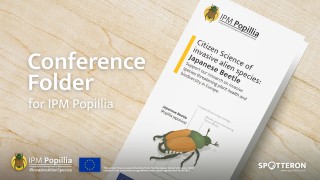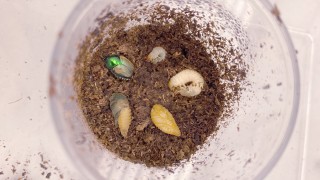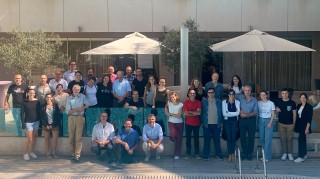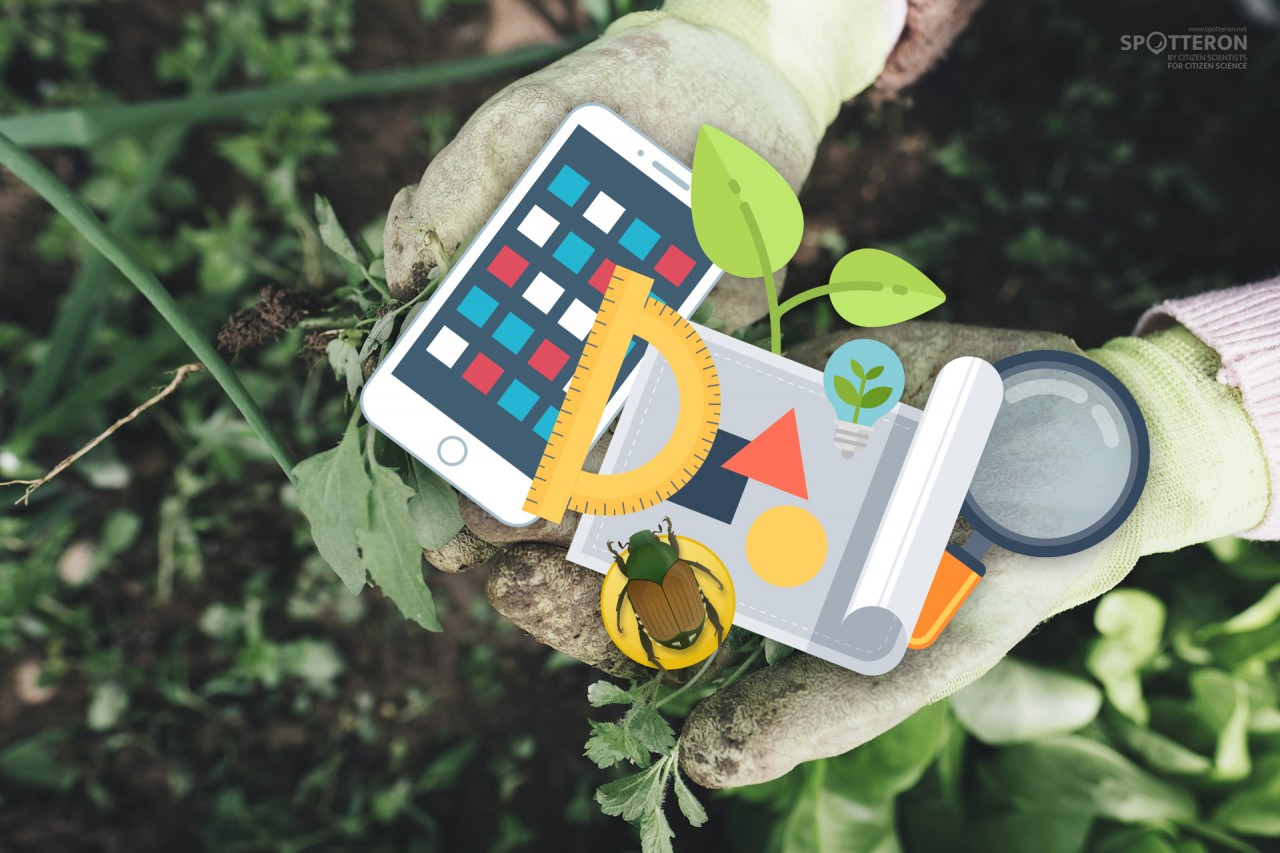One of the beautiful things in developing #CitizenScience Apps on @SPOTTERON for research projects is that we always learn something new. In every App project, making inquiries about the topic, scope, and science is crucial for designing the data structure input dialogue and the look & feel of a new Citizen Science App on the platform.
Integrated Pest Management (IPM)
In IPM Popilla, we learned much about Integrated Pest Management and invasive species. For beginners in the topic as us, we can recommend a quick read of the Wikipedia Page of IPM:
Integrated pest management (IPM), also known as integrated pest control (IPC), is a broad-based approach that integrates practices for economic control of pests. IPM aims to suppress pest populations below the economic injury level (EIL). The UN's Food and Agriculture Organization defines IPM as "the careful consideration of all available pest control techniques and subsequent integration of appropriate measures that discourage the development of pest populations and keep pesticides and other interventions to levels that are economically justified and reduce or minimize risks to human health and the environment. IPM emphasizes the growth of a healthy crop with the least possible disruption to agro-ecosystems and encourages natural pest control mechanisms."[1] Entomologists and ecologists have urged the adoption of IPM pest control since the 1970s. [..] The introduction and spread of invasive species can also be managed with IPM by reducing risks while maximizing benefits and reducing costs.
Wikipedia: https://en.wikipedia.org/wiki/Integrated_pest_management
There is also a page on the EU Portal about Integrated pest management, providing three corner points:
- IPM involves an integrated approach to the prevention and/or suppression of organisms harmful to plants through the use of all available information, tools and methods
- IPM aims to keep the use of pesticides and other forms of intervention only to levels that are economically and ecologically justified and which reduce or minimise risk to human health and the environment.
- Sustainable biological, physical and other non-chemical methods must be preferred to chemical methods if they provide satisfactory pest control.
And a definition:
Integrated pest management means careful consideration of all available plant protection methods and subsequent integration of appropriate measures that discourage the development of populations of harmful organisms and keep the use of plant protection products and other forms of intervention to levels that are economically and ecologically justified and reduce or minimise risks to human health and the environment. 'Integrated pest management' emphasises the growth of a healthy crop with the least possible disruption to agro-ecosystems and encourages natural pest control mechanisms.
https://ec.europa.eu/food/plants/pesticides/sustainable-use-pesticides/integrated-pest-management-ipm_en
Learning & designing comes together for Citizen Science
When designing a Citizen Science App, diving into what a project is about already when building the toolkit on a prototype level is essential. Often, topics are rooted in practice, meaning that a project can increase its impact directly or gather data about the situation with its Citizen Science App. In IPM Popilla, this link to the life of Citizens like farmers - but also for everyone else as inhabitants of the European Union is quite apparent. Knowing about Integrated Pest Management means understanding how an App can support approaches and what kind of data types are helpful. The final inputs for the data-structure design always come from the experts - but as designers and developers of a Citizen Science App, we furnish a first layout and suggestions to create a prototype in our work in an EU Horizon 2020 or EU Horizon Europe project.
By providing tools for the public to participate and help monitor or report the occurrence of the Japanese Beetle, change can be made, and new IPM methodologies combating the infestation can be put to the test on-location where citizens are impacted. The Citizen Science App of the project will be ready soon in its first version to foster this connection, and we are looking forward to the first field tests and developments!
Related Posts
By accepting you will be accessing a service provided by a third-party external to https://www.popillia.eu/




